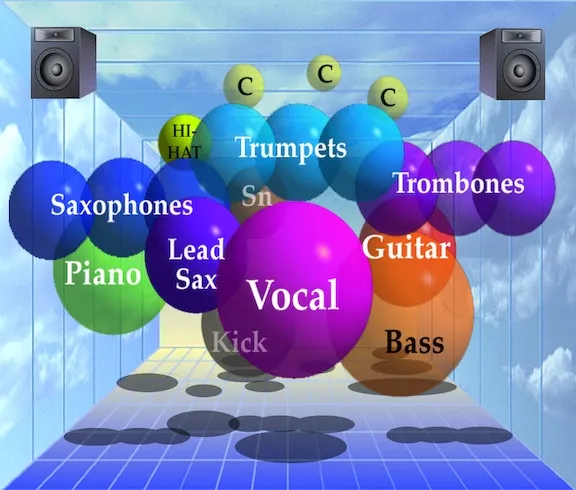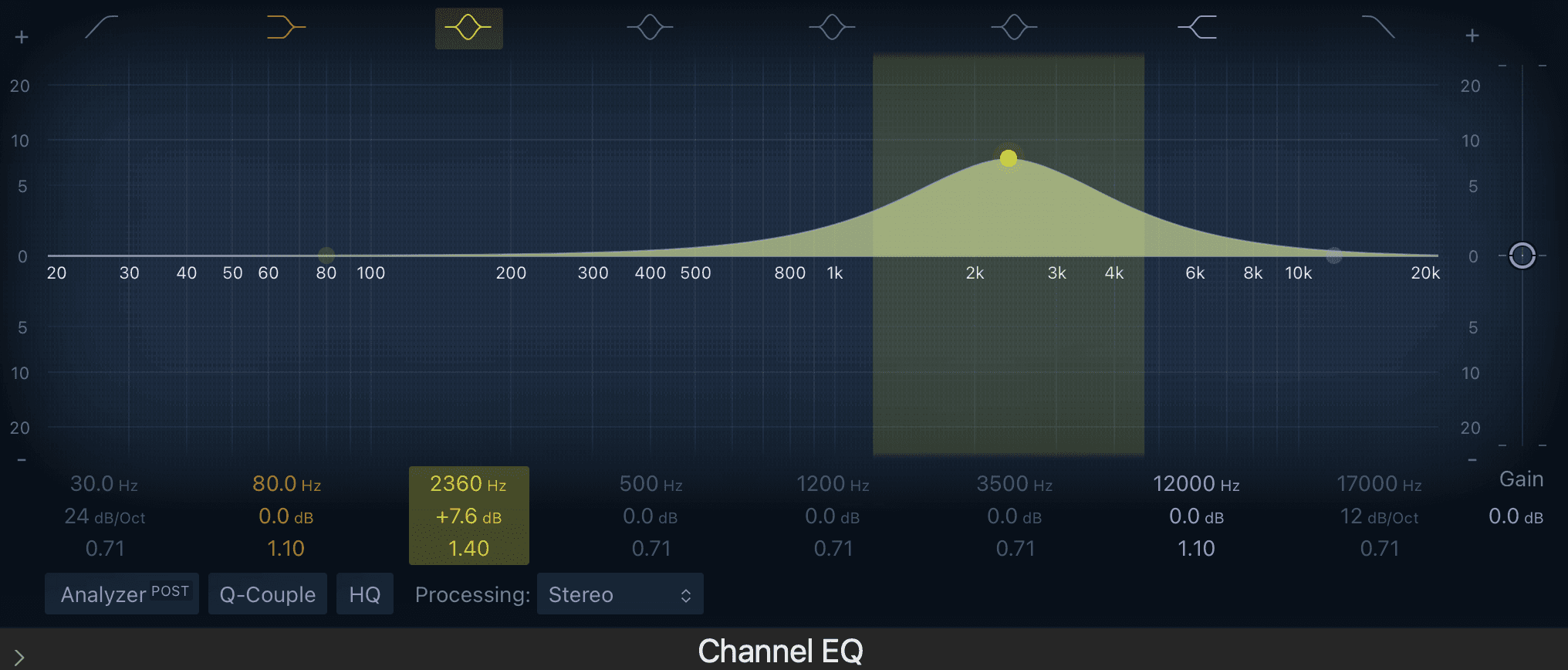What is Mixing?
There is an overwhelming amount of music in the world. To share their music with others, many artists release their tracks through various methods and platforms. The process of creating this music generally follows these steps:
Composition, Lyrics, Arrangement - Recording, Track Making - Mixing - Mastering - Release
In the composition, lyrics, and arrangement phases, the foundation of melody, chords, tempo, and rhythm is established. This initial stage is the most crucial part of the production process. It’s where the intent and emotion of the music are determined, with most elements being finalized and refined during arrangement. Detailed performances and dynamics for each instrument are created. Devices to effectively convey the song's intent (sections, solos, etc.) emerge, and the intro and outro of the song are also defined. At this point, the music is nearly complete.
In the next phase, recording, vocals and various instruments are captured. Skilled recording engineers understand the song’s intent well and use microphones, amps, and various microphone techniques and preamps to achieve a clean recording. The audio tracks captured are then handed over to the mixing engineer.
In today's music market, many songs are created not through recording but via virtual instruments (VSTs). Just as recording engineers shape the tone in the recording phase, producers construct tracks during the track-making stage by selecting virtual instruments and crafting tones.
Mixing is the technique of combining the audio tracks created into a final two-channel stereo track or a multi-channel surround track. To evoke emotion when listening to music, mixing requires various tools and both scientific and artistic techniques.
Basically, mixing is an effective way to create good sound. It’s also a method for correcting tracks with poor sound quality. When mixing, it’s important to identify and adjust the undesirable sounds in each track while preserving the intent of the composer or artist present in the music.
What You Need to Know When Starting Mixing
Imagine listening to music. Where do you envision the vocals positioned? In popular music, vocals are often heard prominently and up close. How about the drums? The kick drum, with its strong energy in the lower frequencies, feels as though it’s coming from below. Cymbals are heard from a higher position, while piano or keyboard instruments sound wider and a bit farther away. When you visualize music in this way, it might look like this:

source : The Art of Mixing - David Gibson
To achieve a well-distributed three-dimensional mix like this, what do you need to adjust? There are four essential elements:
Level
EQ
Panning
Time-Based Effects
LEVEL
Volume is simple. When we want to hear something louder, we turn up the volume. A louder sound feels as though it’s coming from nearby.
EQ
Equalizer, or EQ, is a volume control that allows you to finely boost or cut specific frequencies. EQ helps refine how tracks blend within a mix and can give each track its own personality and character.
To explore EQ further, check out "What is EQ and How to Use It: A Complete Guide" for a comprehensive overview, and "Essential EQ Mixing Tips You Can Try Today for Better Sound" for practical tips to enhance your mixing techniques.
Panning
While volume and EQ contribute to the vertical aspect of sound, panning addresses the horizontal aspect. Panning is used to express spatial perception when we listen to music. Additionally, panning is particularly useful when instruments occupy the same frequency range. By using panning to create distance between instruments, you can solve issues where they might interfere with each other or become difficult to hear.
Time-Based Effects
Time-based (or Spatial) effects determine the depth of a mix. Effects like reverb or delay can make instruments sound further away or larger than a dry sound would suggest.
fifth element : time
The four elements mentioned above form the basic components of three-dimensional sound. If we were to add a fifth element, it would be time. Time is what distinguishes music from other forms of art, such as sculpture or painting. If you stand still and look at the Mona Lisa for 100 years, she will always maintain the same smile. In contrast, music is an art of time. As time flows, music continuously changes. Furthermore, genres and styles evolve in response to trends in the music market and consumer demands. Sound engineers must understand these musical trends and reflect them in their recordings, mixing, and mastering.
Crafting Clarity and Dynamics in Mixing
By skillfully adjusting and utilizing these four elements, we can make the structure of a song clear and dynamic. In mixing, even subtle changes matter. A mixing engineer must decide which instrument the listener should focus on and be sensitive to changes according to different sections. For instance, they must effectively capture the shift in atmosphere when transitioning from a vocal part to a solo instrumental section. A good engineer ensures a smooth transition from vocals to instruments.
If you want to learn more about mixing…
For a deeper understanding of mixing, check out these resources:
"What is EQ and How to Use It: A Complete Guide": This article provides an in-depth look at equalization (EQ), explaining its importance in mixing and offering practical tips for effective use.
"Essential EQ Mixing Tips You Can Try Today for Better Sound": This guide shares actionable EQ techniques that you can implement immediately to enhance your sound quality and improve your mixing skills.




